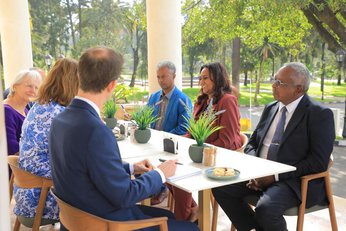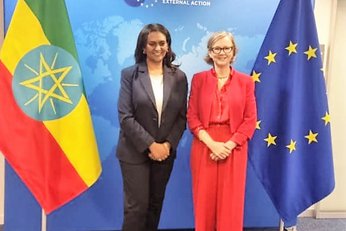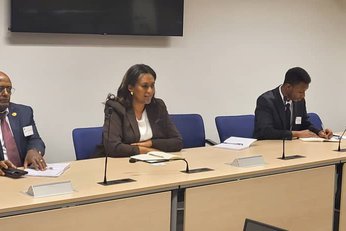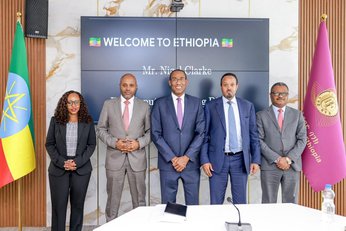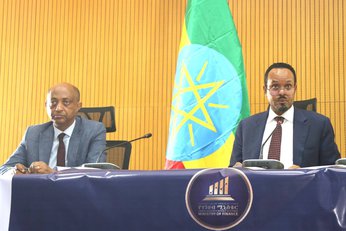After years of conflict, Building Bridges to Education: The Critical Role of Teachers’ Housing in Boosting School Enrollment and Quality in Post-Conflict Adaa’r
Published: July 2, 2025

In the aftermath of conflict, rebuilding essential infrastructure becomes paramount to restoring normalcy and fostering sustainable development in target regions of the Response-Recovery-Resilience for Conflict-Affected Communities in Ethiopia Project (3R4CACE). In Adaa’r district of Ethiopia’s Afar region, the devastating impact of the northern conflict left schools in ruins, displaced teachers, and severely hindered access to quality education. Recognizing that education is a fundamental pillar for community recovery and future prosperity, the Response-Recovery-Resilience for Conflict-Affected Communities in Ethiopia Project (3R4CACE), supported by the World Bank Group and implemented by the Ministry of Finance (MoF) and the Ministry of Women and Social Affairs (MoWSA), has prioritized not just repairing physical infrastructure, but also addressing the critical human resource challenges that impede educational progress. As part of its comprehensive approach, the project is also supporting the reconstruction and rehabilitation of school buildings across the region, ensuring safer and more conducive learning environments for children.

A key initiative within this project has been the construction of teachers’ housing at three schools, alongside the repair of four educational facilities. This strategic focus on teachers’ accommodation addresses a crucial barrier—long distances teachers previously traveled, sometimes up to 15 kilometers, which often resulted in tardiness, fatigue, and in some cases, absenteeism. By providing on-site housing, the project has significantly improved teachers’ attendance and dedication, thereby enhancing the overall quality of education delivered by the government.
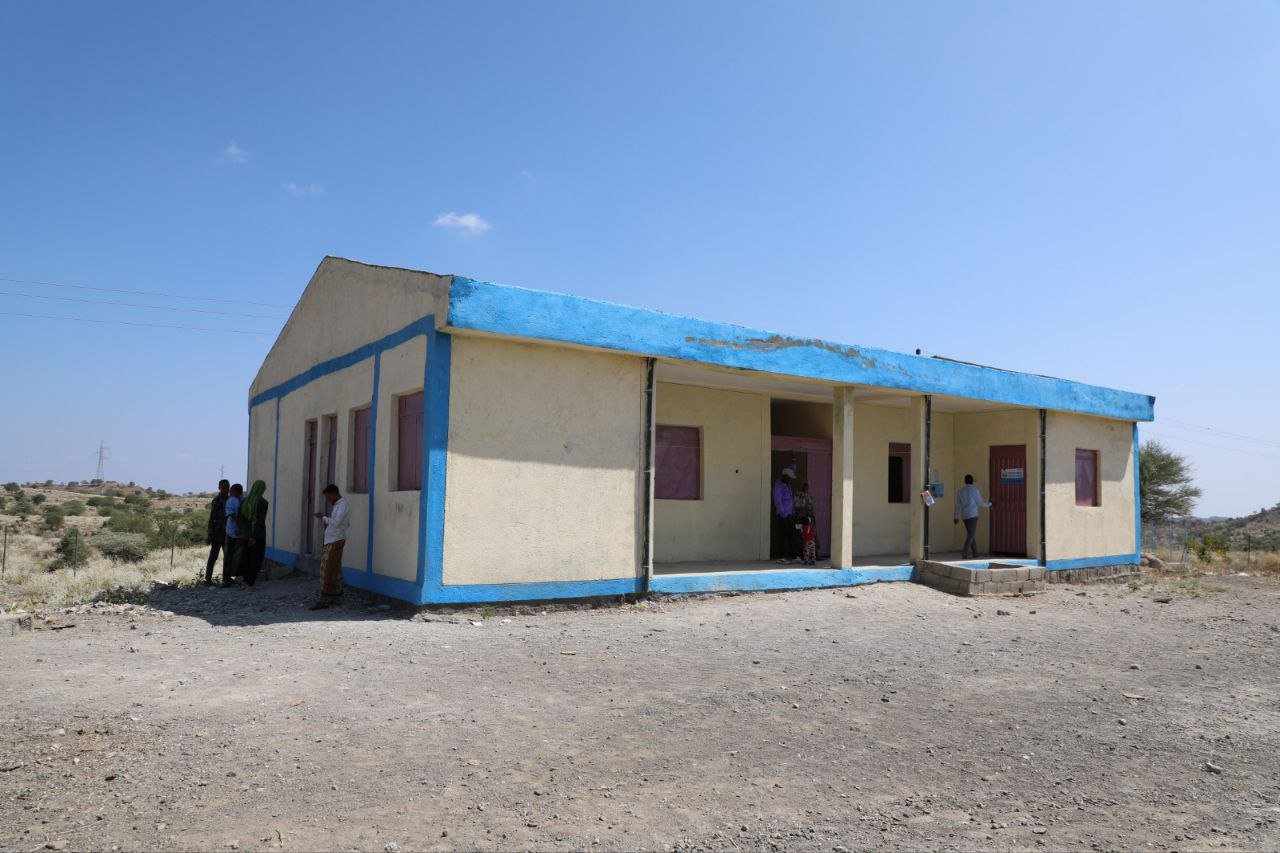
One teacher at the school expressed their gratitude for the positive changes, noting that they are "thankful" to now live and teach within the community, no longer burdened by long, exhausting commutes. The provision of essential educational materials, such as desks and storybooks, has also been highly valued by the education sector, contributing significantly to improving the learning environment. These successes highlight the effectiveness of the Community Driven Development (CDD) approach, which empowers local communities to identify their own needs and implement projects that directly enhance access to education and basic services like clean water, thereby rebuilding vital community assets.
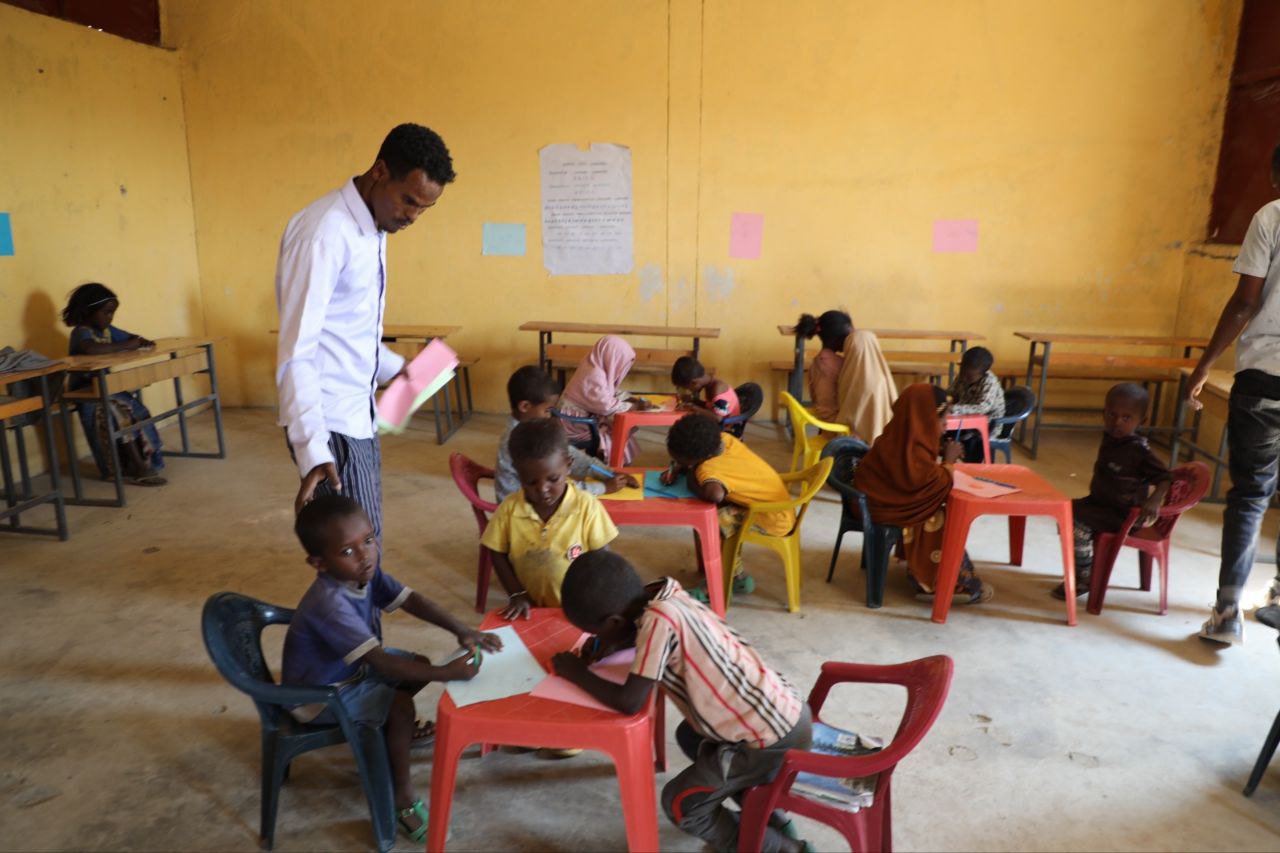
The tangible impact of these interventions is evident in the remarkable increase in student enrollment—from approximately 4,000 students in 2016 EC to around 5,500 in the current year, according to Mr. Ali Keyta Ahmed, head of the Adaa’r district education office. He added that “This surge underscores how infrastructure improvements, particularly teachers’ housing, directly influence enrollment rates by creating a more inviting and accessible learning environment. Moreover, the presence of teachers living on school grounds fosters stronger relationships with students and the community, further encouraging families to send their children to school.”
Mr. Ali Keyta Ahmed emphasizes that the project’s success lies in its holistic approach. Unlike many initiatives that focus solely on physical infrastructure, the 3R4CACE recognizes that supporting teachers— especially through adequate housing—serves as a cornerstone for quality education. This approach not only attracts and retains qualified educators but also ensures they are well-rested, motivated, and committed, ultimately translating into improved learning outcomes.
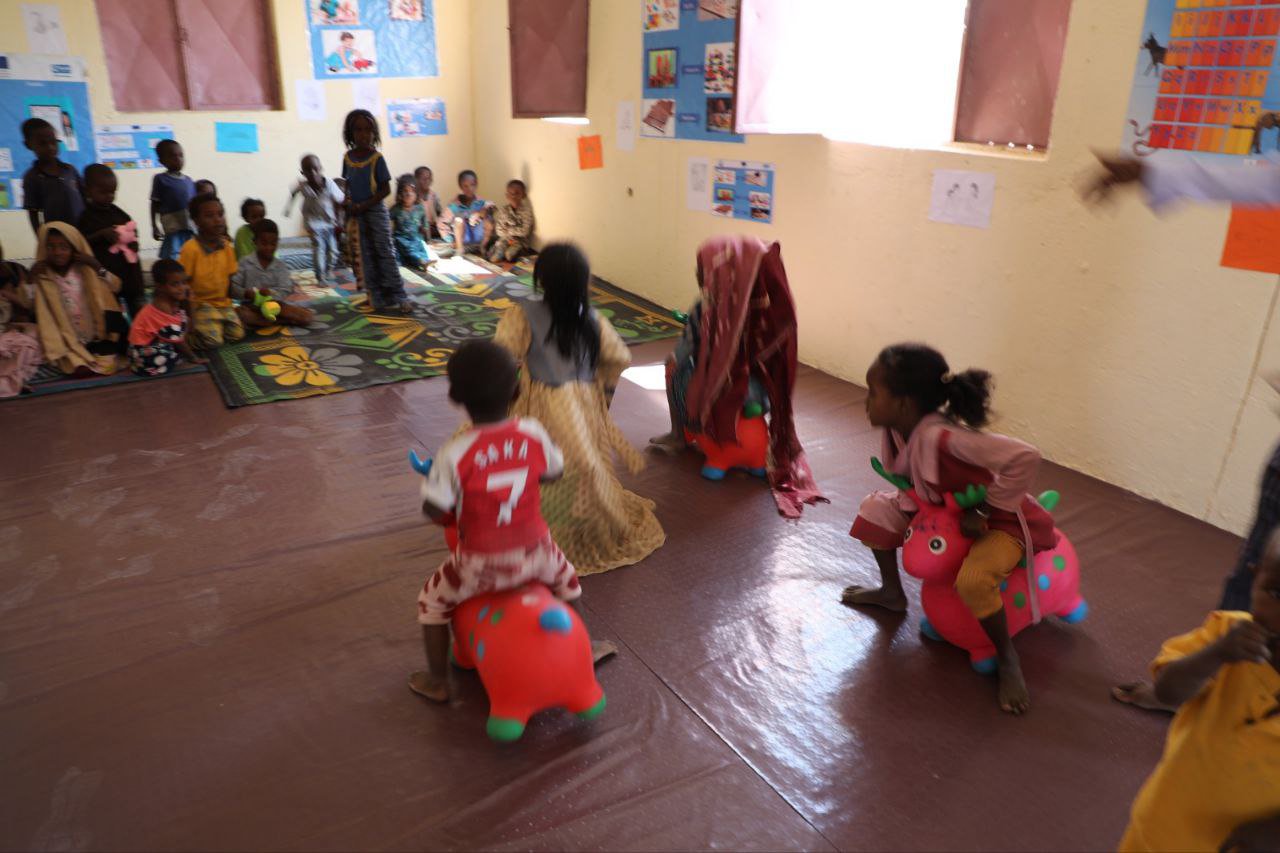
Stories from community members, such as Mr. Mohammed Alikolaile, highlight the profound personal and communal benefits of these efforts. Mr. Mohammed notes that children now have access to nearby schools, enabling them to pursue their education without the hardships of long commutes, and fostering hope for a brighter future.
The construction of teachers’ housing within the 3R4CACE project exemplifies how targeted infrastructure investments—especially those supporting teachers—are vital for increasing school enrollment and elevating the quality of education in post-conflict settings. By rebuilding not only physical structures but also the capacity of human resources, the project is laying the foundation for resilient, inclusive, and sustainable educational systems that can transform communities like Adaa’r for generations to come.
About the Project:
The Response-Recovery-Resilience for Conflict-Affected Communities in Ethiopia Project (3R4CACE) is a multifaceted initiative aimed at supporting communities impacted by conflict in Ethiopia. The project is implemented by the Ministry of Finance (MoF) and the Ministry of Women, Children and Social Affairs (MoWSA), and targets five regions in Ethiopia: Afar, Amhara, Benishangul-Gumuz, Oromia, and Tigray. This selection was based on conflict damage and needs estimates at appraisal and the project’s financial envelope. Overall, the 3R4CACE project targets regions and woredas most affected by conflict in Ethiopia. The selection process aims to ensure the project effectively addresses the needs of conflict-affected communities while promoting sustainability and resilience.

